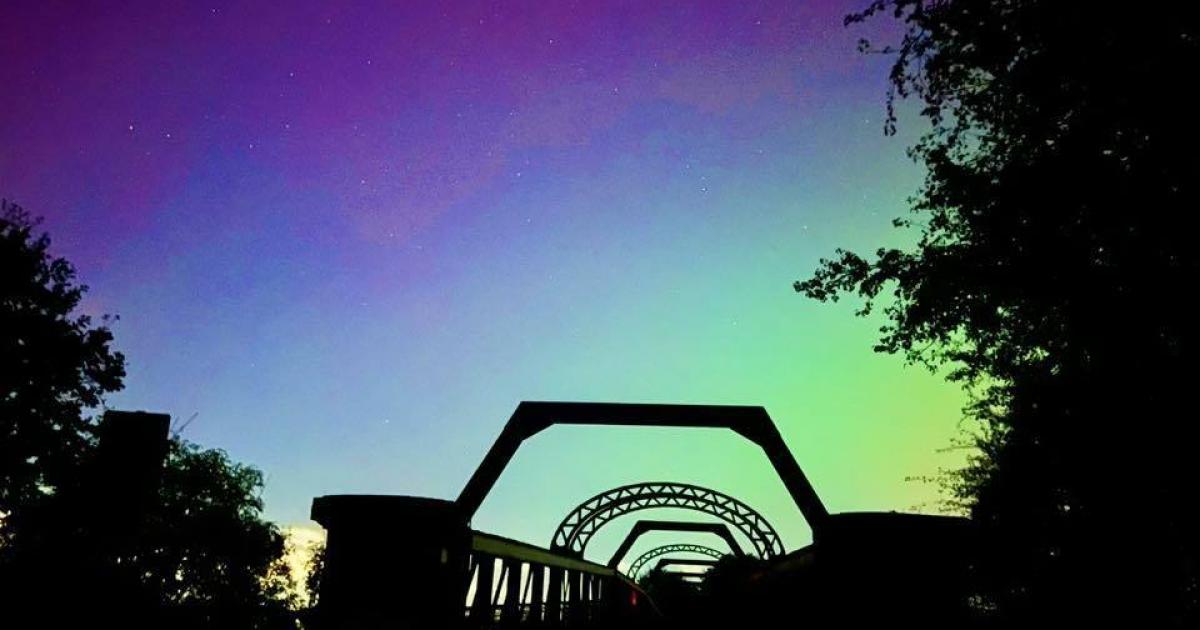Stargazers across the country were lucky enough to catch several glimpses of the Northern Lights, also known as the Aurora Borealis, several times in 2024.
Although sightings have been less frequent since the turn of the new year, we are now heading into the period of the year when most sightings are made.
Photographers across the county spotted the phenomenon last year and captured some stunning photos, and will hope to do so again if the sky is clear enough.
READ MORE: Pub closes with armed police as ‘glass smashed across bartender’s face’
Amber alert: possible aurora. Issued 2025-10-01 17:12 UTC (18:12 BST) by @aurorawatchuk. #aurora pic.twitter.com/kpyBHvIW3U
— AuroraWatch UK (@aurorawatchuk) October 1, 2025
An amber alert has been issued this evening (Wednesday, October 1) by Aurora Watch, stating that a sighting may be able to be made in the UK tonight.
Some of the best locations to see the Northern Lights in Oxfordshire include the Rollright Stones, with the ancient stone circle offering a rural setting for viewing the lights
Blenheim Palace Park, over in Woodstock, of course, features expansive, open grounds with views away from city lights.
Cotswold Water Park in the west of the county has a scenic lake district with minimal light pollution, but it is a bit further away from Oxford.
READ MORE: 13-year-old boy ‘attacked by complete stranger’ in city
The Northern Lights (Pic: Alison Hamlin Hughes).(Image: )
The Northern Lights will usually, when visible, be prominent from 11pm onwards, with sightings often made in the early hours of the morning.
They generally appear in high-latitude regions such as the Arctic or Scandinavia.
Their colourful glow is caused by a stream of charged particles that have escaped the sun (known as solar wind) interacting with the Earth’s magnetic field.
The particles hit our atmosphere at high speed and combine with oxygen and nitrogen to create a multicoloured burst.

